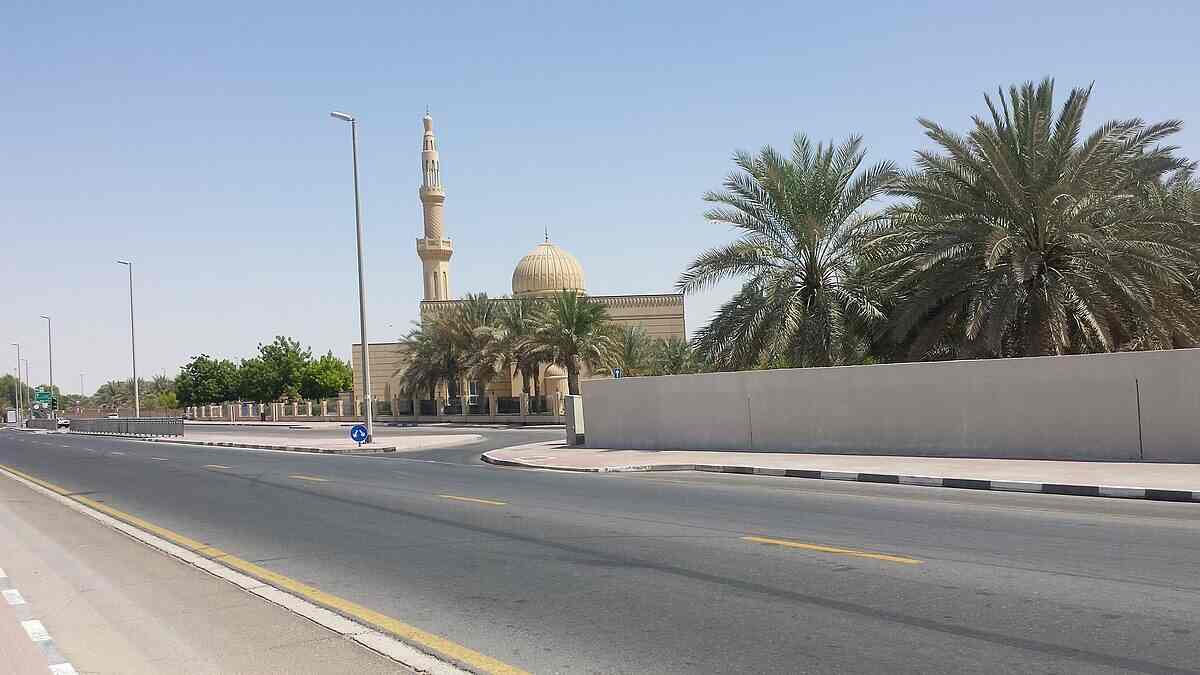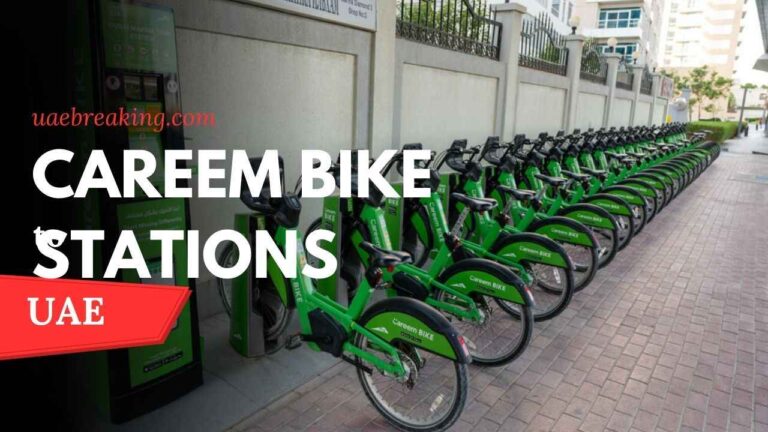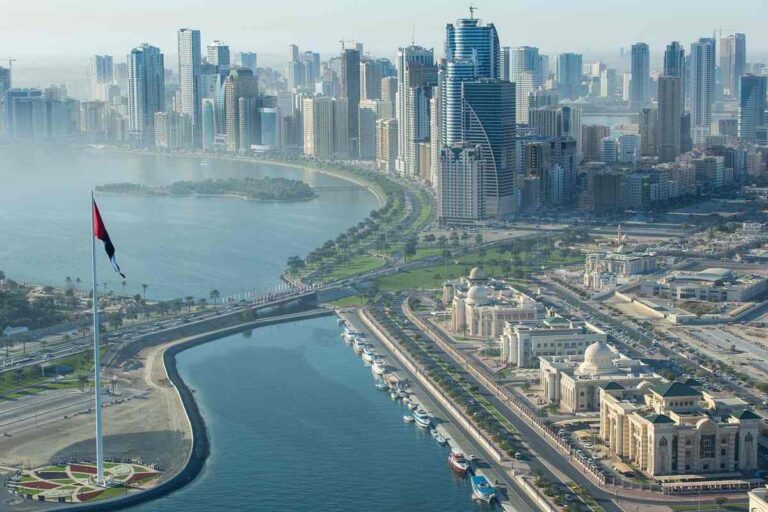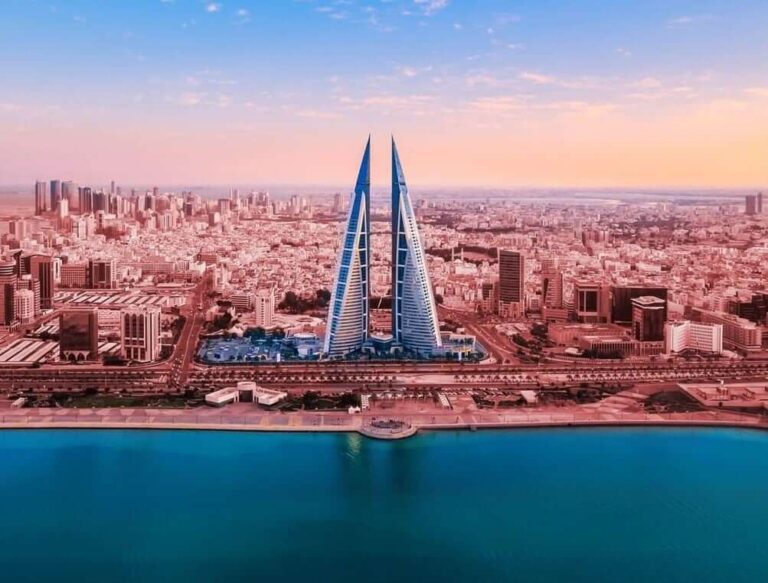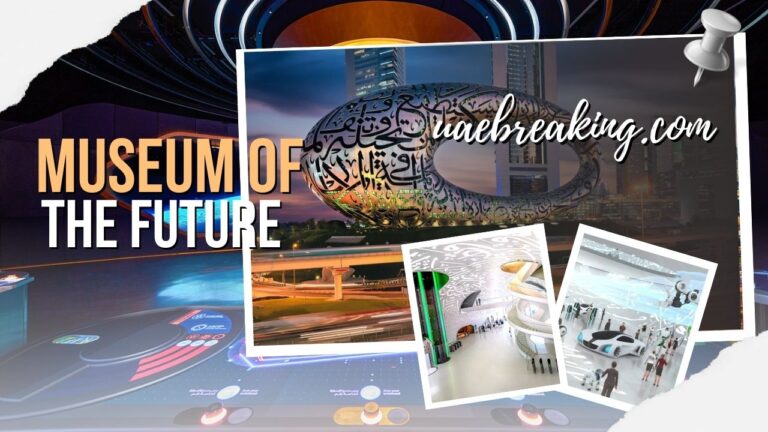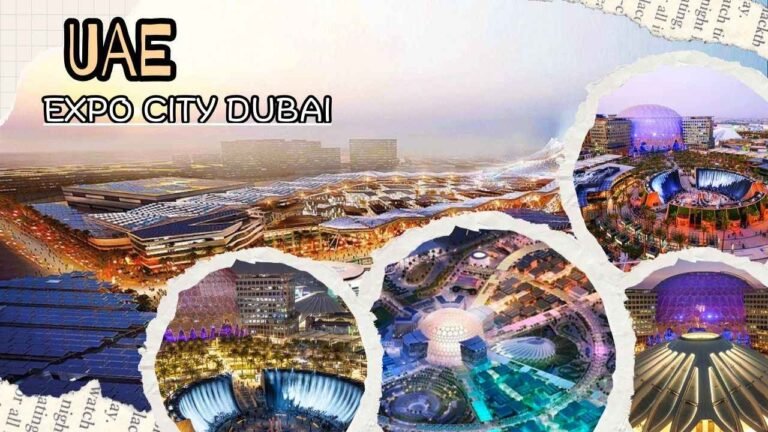Al Awir, Dubai: Where Dubai’s Desert Past Meets Its Expanding Future
In the northeast stretch of Dubai — beyond the city’s glittering skyline and coastal bustle — lies Al Awir, a community often overlooked yet deeply rooted in the UAE’s agricultural, equestrian, and cultural traditions. Now poised for transformation, Al Awir is not only Dubai’s historic farmland frontier, but also a growing residential and logistical corridor, straddling heritage and opportunity.
With sweeping desert landscapes, camel farms owned by royal families, and the hum of freight trains from the UAE’s new rail network, Al Awir is quietly redefining the rhythm of life in Dubai’s outer limits.
A Land of Farms, Camels, and Quiet Growth
Long before Dubai rose as a global metropolis, Al Awir (also spelled Al Aweer) was known for something much more grounded: agriculture and animal husbandry. Just 35 kilometers from Downtown Dubai, this area has been a crucial breadbasket and camel-breeding zone for generations. Today, it still serves as a supply hub for fresh fruits, vegetables, and livestock — with the Al Awir Fruit and Vegetable Market acting as a regional trading point.
Even Dubai’s ruling Al Maktoum family maintains private farms here, a nod to the town’s enduring relevance in the Emirates’ heritage.
While its desert backdrop remains largely untouched, the arrival of Etihad Rail and new infrastructure projects has placed Al Awir on the urban expansion map — especially for those seeking affordable housing, open landscapes, and a slower pace of life.
Geography that Connects — and Isolated, By Design
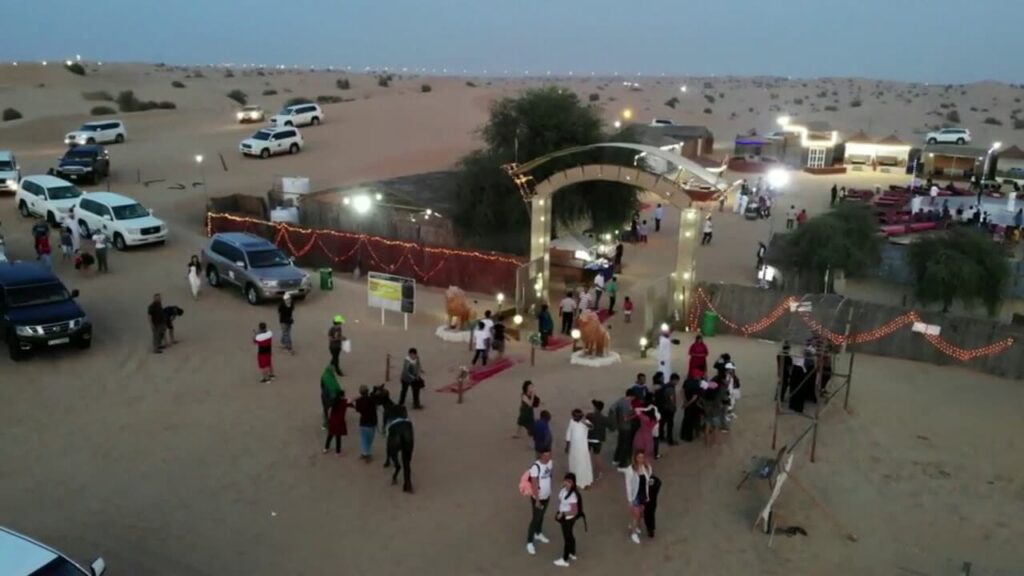
Al Awir occupies roughly 92 square kilometers, bordering the Emirates of Sharjah and Ajman, and is bisected by major routes like Emirates Road (E611) and Dubai-Hatta Road (E44). Administratively divided into Al Awir First and Al Awir Second, the area is part of Dubai’s Sector 7, designated as a “non-urban area” under the Dubai 2040 Urban Master Plan — meaning it’s meant to retain its natural and agricultural character, despite new developments.
The southern edge of Al Awir hosts part of the Al Wohoosh Desert Conservation Reserve, a protected area offering licensed safari experiences. This deliberate blend of conservation and controlled development makes Al Awir a low-density community, ideal for residents who value privacy, affordability, and desert living.
Real Estate: A Hidden Gem for Budget-Conscious Renters
In contrast to soaring rental prices across central Dubai, Al Awir offers some of the most affordable options in the emirate. With studio apartments starting from AED 21,000 annually, it attracts budget-savvy expats, farm workers, and emerging families looking for quiet surroundings within commuting distance to the city.
While there are no large malls or high-rise towers, the community features essential infrastructure: local mosques, public parks, clinics, and schools. It also houses specialty attractions like BarkPark, a dog-friendly park with grooming services, play zones, and swimming ponds — a rarity in the UAE.
A Role in the UAE’s Logistics and Legal Framework
Al Awir is not only residential or rural. It plays a critical institutional role in Dubai’s broader governance and logistics ecosystem. The Al Awir Central Jail serves as one of the emirate’s key detention facilities, and in 2018, the town was chosen as a key location for the UAE’s visa amnesty program, where overstayers could exit the country without fines or legal repercussions.
The presence of the Etihad Rail line, part of the UAE’s nationwide railway project, has made Al Awir a strategic node connecting Dubai to other emirates and neighboring countries. While metro lines don’t yet serve Al Awir directly, bus routes like 11A and 11B link it to Centrepoint Metro Station and further into Deira and Al Khawaneej, ensuring basic transit connectivity.
Desert Culture, Conservation, and Camel Camps
Walk or drive through Al Awir, and you’ll see more than sand: camel caravans, desert camps, private stables, and working farms dominate the scenery. These are not touristic backdrops — they’re part of daily life here. The area still honors traditional Bedouin desert values, even as it adapts to new realities.
At the same time, eco-tourism operators have introduced licensed desert safari camps, inviting visitors to experience dune bashing, stargazing, and falconry — all under ethical environmental regulations.
In many ways, Al Awir is Dubai’s living desert classroom: teaching residents and tourists alike about the interplay between development and ecological respect.
Why Al Awir Is Gaining Quiet Attention
Al Awir’s appeal doesn’t lie in glamour. Instead, it offers:
- Space, silence, and sky — away from the glass-and-steel density of the city
- Deep cultural authenticity — from camel markets to date palm farms
- Emerging infrastructure — rail lines, new roads, and growing residential developments
- Strategic positioning — close to Dubai, Sharjah, and major logistics corridors
As Dubai continues pushing its urban boundaries outward, Al Awir stands as a model of measured growth, where sustainability and heritage guide the pace of progress.
For those seeking a different Dubai — one rooted in the rhythms of the desert and the quiet logic of land — Al Awir offers something rare: room to breathe, space to grow, and stories to uncover.
FAQs About Al Awir, Dubai
Where is Al Awir located in Dubai?
Al Awir lies in the northeast of Dubai, roughly 35 km from Downtown, near Emirates Road (E611), and shares borders with Sharjah and other outer communities like Al Wohoosh and Enkhali.
Is Al Awir a good place to live?
Yes — particularly for those who value affordable rent, low traffic, and open desert views. It’s ideal for families or individuals looking for a slower-paced, budget-friendly lifestyle within driving distance of the city.
Is Al Awir developing?
Yes. While it’s classified as a “non-urban area,” infrastructure like Etihad Rail, new roads, and public transport links are reshaping Al Awir into a well-connected suburb.
What is Al Awir known for?
Al Awir is known for its agriculture, camel farms, fruit & vegetable market, Al Awir Central Jail, and visa amnesty initiatives. It’s also famous for desert camps, stables, and scenic desert conservation areas.
How do you reach Al Awir without a car?
Take the Dubai Metro to Centrepoint (Al Rashidiya), then board Bus 11A or 11B, which serve Al Awir and connect to various parts of Dubai, including Deira and Al Khawaneej.
Are new roads or infrastructure coming to Al Awir 1?
Yes. Al Awir is part of broader connectivity upgrades under the Dubai 2040 Urban Plan, with ongoing developments in transit, roads, and residential access.
Who owns Al Awir Market?
The Al Awir Fruit & Vegetable Market is overseen by Dubai Municipality and serves as a hub for regional produce distribution.
For more insights on Dubai’s evolving communities — from rising neighborhoods to heritage-rich locales — explore the UAE Travel & Lifestyle section at UAEbreaking.com.
- Etisalat & Expo City Metro Station: Connecting Dubai’s Two Worlds - September 7, 2025
- Dubai Marina Canal, UAE - September 7, 2025
- Skydive Dubai: Soaring Above the Iconic UAE Skyline - September 5, 2025

